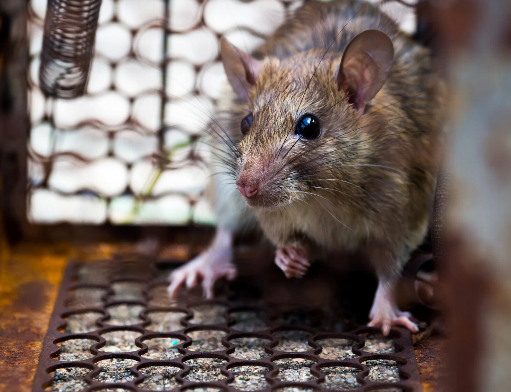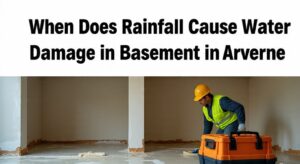
Rat extermination
Rats are among the most unwelcome pests in homes, businesses, and urban environments. Not only are they unsanitary, but they also pose significant health risks and property damage. If you’ve noticed signs of a rat problem, swift and effective rat extermination is essential. In this guide, we’ll explore everything you need to know about identifying, removing, and preventing rat infestations.
Understanding the Rat Problem
Before jumping into solutions, it’s important to understand the extent of the rat issue. Rats are nocturnal rodents that thrive in hidden, dark spaces. They are excellent climbers and chewers, capable of gnawing through plastic, wood, and even electrical wiring. Two common species of rats that infest buildings are the Norway rat and the roof rat. These rodents multiply rapidly, which means a small problem can become a full-blown infestation within weeks. Each rat can produce several litters per year, with each litter containing 6 to 12 babies. This is why early rat extermination is crucial.Signs You Have a Rat Infestation
Identifying a rat problem early can save you time, money, and stress. Here are the most common signs that rats may be present in or around your property:Droppings
Rat droppings are small, dark, and capsule-shaped. You’ll usually find them near food sources, under sinks, or along baseboards.Noises in the Walls
Scratching, gnawing, and scurrying sounds, especially at night, are typical of rat activity inside walls or attics.Grease Marks and Smudges
Rats often travel the same routes and leave behind greasy marks along walls and floors as they brush against surfaces.Nesting Materials
Shredded paper, cloth, or insulation can indicate nesting sites. These nests are typically tucked away in hidden corners.Chewed Wires and Furniture
Gnaw marks on wires, wood, and plastic can be dangerous and costly. Rats chew constantly to wear down their teeth. If you notice one or more of these signs, it’s time to act.Methods of Rat Extermination
There are several approaches to rat extermination, ranging from DIY techniques to professional pest control services. The best method often depends on the severity of the infestation.Traps
One of the oldest and most effective tools for rat extermination is the use of traps. There are several types:- Snap traps: Quick and effective, these kill rats instantly.
- Electronic traps: These deliver a fatal shock and are reusable.
- Live traps: These catch rats alive so they can be released away from the property.
- Glue boards: Less humane, and not recommended for severe infestations.
Poison Baits
Rodenticides can be highly effective but come with serious risks. Poisoned bait should be used with extreme caution, especially in homes with children or pets. When rats die in hidden spaces, they can leave behind strong odors and may attract other pests. Professional pest control companies use regulated bait stations that minimize these risks while maximizing effectiveness.Ultrasonic Repellents
These devices emit high-frequency sounds intended to deter rats. While they may work temporarily, most studies suggest that rats quickly adapt, making them less reliable as a long-term solution.Professional Rat Extermination Services
For large infestations or persistent rat problems, hiring a licensed exterminator is often the most effective route. Professionals conduct thorough inspections, use commercial-grade treatments, and seal entry points to prevent re-entry.Preventing Future Infestations
After successful rat extermination, preventing a recurrence is critical. Here are practical steps to keep your home or property rat-free:Seal Entry Points
Rats can squeeze through holes as small as a quarter. Inspect your foundation, walls, roof, and vents. Seal cracks, gaps, and holes with steel wool, metal sheeting, or cement.Maintain Cleanliness
Keep all food sealed in airtight containers. Avoid leaving pet food out overnight. Regularly take out trash and keep compost bins secure.Eliminate Water Sources
Fix leaking faucets and pipes. Rats are drawn to water just as much as food.Remove Clutter
Piles of wood, cardboard, or debris provide perfect nesting areas. Keeping your surroundings tidy reduces hiding spots.Secure Outdoor Areas
Trim shrubs, keep grass short, and store firewood off the ground. Install rodent-proof mesh around crawl spaces and vents.Health Risks Associated with Rats
Rats are not just a nuisance—they are a genuine health hazard. They are known carriers of several serious diseases, including:- Leptospirosis
- Hantavirus
- Rat-bite fever
- Salmonella



